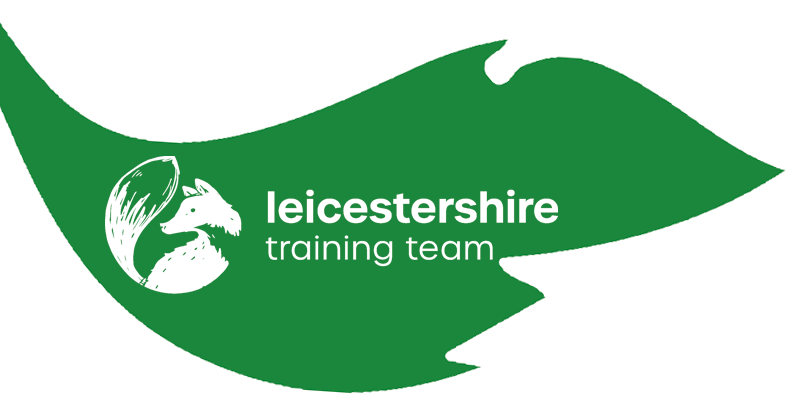What is Stroke Awareness Training?
Posted on 5th September 2023
A stroke is a medical emergency that can happen to anyone, anywhere, at any time. It is a condition that requires swift and effective action to prevent long-lasting damage or even save a life. Stroke awareness training is a crucial tool in equipping individuals with the knowledge and skills needed to identify the signs of a stroke and take the appropriate action. In this blog post, we will explore what stroke awareness training entails and why it is so important.
What is a Stroke?
Before delving into stroke awareness training, it's essential to have a basic understanding of what a stroke is. A stroke is when the brain is damaged through a disruption with the blood flow. With a lack of blood providing nutrients to the brain, the brain cells start to die, resulting in the signs and symptoms of a stroke. There are two types of stroke:
Ischemic stroke where a blood clot is blocking an artery, stopping blood from providing the nutrients to a part of the brain.
Hemorrhagic stroke where there is a bleed in the brain which stops as much blood going to where its needed. Instead the blood is escaping out of the artery and building up in the area where the burst artery is.
The Importance of Timely Action
Time is of the essence when it comes to supporting someone having a stroke. Every second counts, as the longer a stroke goes untreated, the greater the likelihood of severe brain damage or even death. Recognising the signs of a stroke and taking swift action can make a significant difference in a person's outcome.
Common Symptoms of a Stroke
Stroke symptoms can vary, but there are several common signs to look out for, which are often remembered by the acronym FAST or BEFAST:
B - Balance. Often the first sign of a stroke is when the person falls over. This is due to a loss of balance caused by the stroke.
E - Eyes. The pupil of the eye can change if someone is having a stroke. Often one can look a lot better than the other.
F - Face Drooping: One side of the face may droop or become numb. Ask the person to smile, and check if their smile is uneven. This will also result in slurred speech which is another sign of a stroke.
A - Arm Weakness: The individual may have difficulty raising both arms. One arm may drift downward when they attempt to raise both and hold them up.
S - Speech Difficulty: Speech may become slurred or incoherent. Ask the person to repeat a simple sentence and see if their speech is clear.
T - Time. If a stroke is suspected, you must call for an ambulance immediately
What is Stroke Awareness Training?
Stroke awareness training is a course designed to teach people how to recognize the signs of a stroke and respond appropriately. This training typically covers the following aspects:
- What is a stroke and how is it caused,
- How having a stroke affects people and their ability to look after themselves,
- How to manage a stroke when it is happening and how to support someone after it has happened,
- Who can help you support the person who has had the stroke, including utilising the multi-disciplinary team
- Creating risk assessments and person centered care plans for the people you support
- How to manage the symptoms of a stroke in a way which can maximise the quality of life for that person.
Why is Stroke Awareness Training Important?
Lifesaving Knowledge: Stroke training empowers individuals to recognise when someone is having a stroke and what actions to take.
Reducing Disability: Early intervention can reduce the extent of disability and improve a stroke survivor's quality of life.
Support for Caregivers: Training can also provide valuable knowledge and resources for caregivers of stroke survivors.
Creating Person Centred Care: Knowing how to provide the right care, at the right time in the right way is crucial to maximising the quality of someone's life.
Recognising The Signs Of A Stroke
Stroke awareness training is a vital tool in the fight against strokes, which remain a leading cause of death and disability worldwide. By teaching people how to recognise the signs of a stroke and respond swiftly, this training plays a crucial role in improving outcomes for stroke victims. Whether you're a healthcare professional or a concerned citizen, investing in stroke awareness training can make a meaningful difference in your community and in the lives of those at risk of stroke. Remember, when it comes to stroke, time lost is brain lost.
Share this post:



